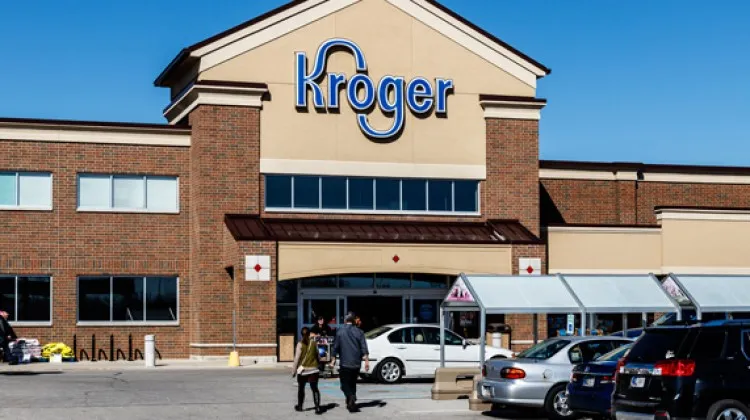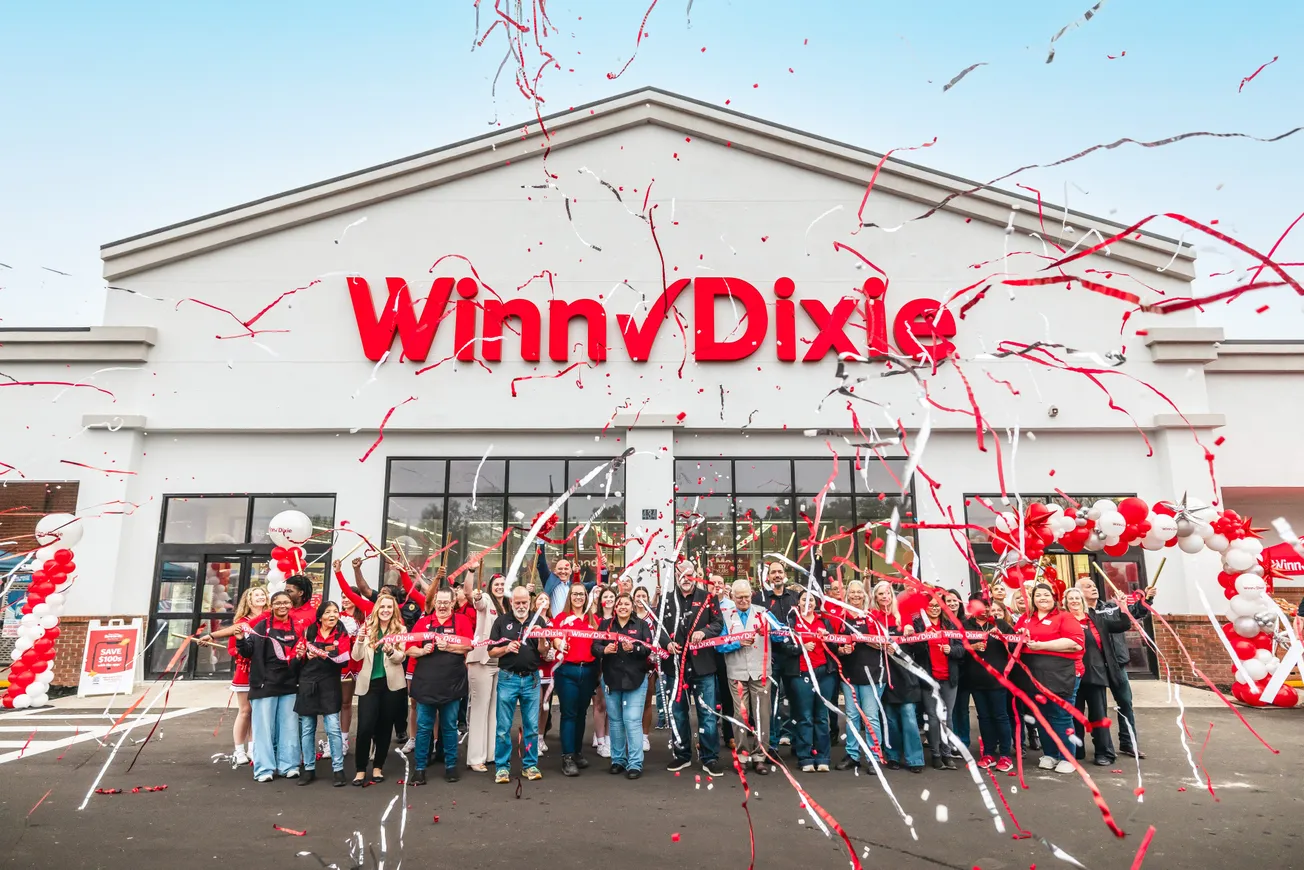I have always been an in-person kind of guy. I love mixing it up with buyers and sellers at ECRM sessions, and back in 2019, I actually participated in 48 of them across the U.S. and Europe.
Then the pandemic hit, and the world went virtual.
 Yet I haven’t missed a beat. Not only have I been able to maintain those relationships I’ve created in-person, I’ve developed an entirely new set of relationships via Zoom, Teams, Google Meets and ECRM Connect meetings. I’m getting even more work done than ever before, and I’ve found a better work-life balance. I’m healthier, I read at least a book a week, and I’m spending more quality time with family and friends. All due to the power of virtual technology.
Yet I haven’t missed a beat. Not only have I been able to maintain those relationships I’ve created in-person, I’ve developed an entirely new set of relationships via Zoom, Teams, Google Meets and ECRM Connect meetings. I’m getting even more work done than ever before, and I’ve found a better work-life balance. I’m healthier, I read at least a book a week, and I’m spending more quality time with family and friends. All due to the power of virtual technology.
Do I miss in-person gatherings? Sure. But the productivity and work-life balance I’ve found means that virtual will remain a part of my life — even now that the pandemic is receding.
I wanted to see if buyers shared my view. So I recently spoke — virtually, of course — with more than a dozen buyers across a wide variety of retailers, to get a sense of how virtual technology has changed their world.
One thing was clear — virtual tools enable buyers to see far more brands in less time than would ever be possible in-person. It’s simple math. Virtual meetings are typically less time consuming than in-person meetings. There’s no travel, no lunches or cocktails, and less “small talk.” So buyers can get many more of them done in a given time period. The numbers bear this out. In 2019, ECRM’s last full year of in-person sessions, we had 3,088 unique buyers participate across our category-specific sessions. By 2021, that number had grown to 4,659 buyers. Plus, these buyers are participating in more sessions each, with 2021 seeing 11,147 total buyer registrations across sessions, more than double the number from 2019.
We are still breaking records each week in terms of buyer participant growth. Buyers who would travel to two or three category-specific sessions per year when they were in-person are now participating in five, 10 or even more.
“Moving forward, I plan to do a lot more virtual meetings,” says John Carmichael, e-commerce buyer for The Exchange. “I’ll use virtual for my initial meetings with new vendors, and then if things progress, we can meet in-person for more in-depth planning. But to be honest, virtual tools are so powerful these days, and we’ve all become so adapted to using them, that we can pretty much conduct most of our business remotely.”
Virtual tools can level the playing field for smaller and independent retailers, allowing their buyers to vastly extend their reach.
“Having the capability to meet with suppliers virtually enables us to easily and quickly engage with brands all over the U.S. and even globally,” says Maddie Metzger, assistant buyer at Misfits Market. “Since I work remotely, it’s the best way for me to meet with a broad range of suppliers and perform my due diligence. And for many smaller retailers without the resources to travel regularly, it can be the only way they get exposure to the brands they need to meet.”
One aspect of virtual that suppliers particularly like is the faster follow-up times they have been seeing from buyers. This comes back to the time savings and flexibility that virtual tools have provided buyers, as they no longer have to lose an entire week, and then spend the following week digging out from emails and missed calls, as they do when traveling to a trade show.
“Virtual is a way of life now,” says Tiffany Wu, buyer for gourmet food at TJX. “It gives you full control of your schedule, and you can easily work your supplier meetings around your other responsibilities. And with the time savings from not having to travel or meet in person, it’s much easier to stay on top of everything, and I can follow up with suppliers much more quickly.”
Then there is the work-life balance that comes from not being on the road or in the office all of the time. One buyer, who is a new mom, gets to spend extra time with her daughter while keeping up with her supplier meetings and other tasks. “Being able to leverage remote tools has been great for my work-life balance,” says Kylie Brienza, category manager for own brands at Wakefern Food Corp. “I’m able to easily meet with lots of potential suppliers — whether on my own or through ECRM — and still spend plenty of time with my daughter. I’ve been to seven ECRM virtual sessions over the past year. I never would have been able to participate in that many if they were in-person.”
To be sure, many buyers miss the relationship-building and camaraderie that comes when they are engaging with others in a real-life setting. I miss that too. But I’ve also learned that this can be done virtually, too.
I recently spent an hour on a virtual call with a buyer from a large retail chain on the West Coast — not for anything business-related, but simply because we missed chatting. We basically had the same type of conversation we would have had over cocktails during an ECRM networking dinner, and it was awesome.
The sheer growth in the number of buyers embracing virtual, and the fact that they’ve seen it work for them, means that they will continue to seek virtual options even as things start opening up. Most foresee a hybrid model, where they leverage both virtual and in-person, depending on the situation. Almost every buyer I spoke with said meetings with new vendors will likely be virtual moving forward, with in-person meetings reserved for later in the process and with negotiating the largest and more complex relationships.
“Virtual has definitely proven itself as a viable option for doing business,” says Hannah Richardson, associate category manager for grocery at Hungry Harvest. “We now know that we can get our jobs done efficiently and effectively using the virtual tools that are available, including ECRM Connect. For our largest suppliers, we may meet in-person once a year for planning, but virtual more than meets our needs outside of that.”
Gayle Young, O-T-C category manager at Giant Eagle, agrees. “I think moving forward, all meetings with new vendors should be virtual, because I want to be respectful of their time and resources.”
Clearly, in-person has become more of a “nice to have” than “need to have” for product discovery, evaluation and purchase, as buyers have demonstrated over the past two years at ECRM sessions.
And my biggest takeaway is this: You can still be a strong “people person” even when those people are on the other side of a screen!
Joseph Tarnowski is vice president of content at ECRM.





